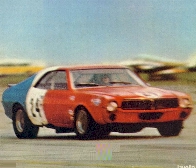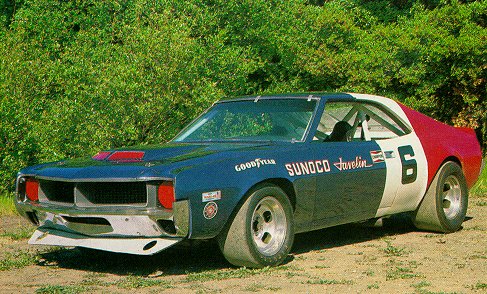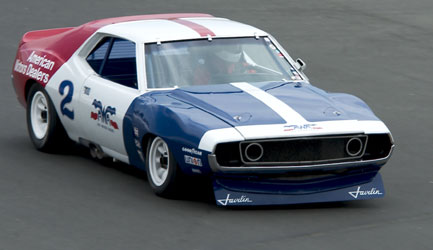Hooray for the Red, White and Blue
By Karn Utz - Wayback Machine Operator
Back in the day when pony cars ruled the street, Trans
Am racing was the place to build credibility for your product. A sedan racing
series started by the SCCA in 1966, the series’ full name was the Trans-American
Sedan Championship. In those days, TA racing
consisted of the under 2 liter class, contested by Alfa’s and other small Euro
sedans, and the over 2 liter class. The first race was won by Jochen Rindt
driving an Alfa-Romeo. The over 2-leter class winner, and second overall, was
Bob Tullius, driving a Dodge Dart.


Before the 1971 season, Chrysler withdrew its
financial backing and the Barracuda and Challenger vanished from the 1971 entry
lists. Driver Jerry Titus was fatally injured the previous year, taking the
heart of

In 1972, the field largely decimated by the loss of most of the factory teams, ARA racing and George Follmer went on to make it two in a row for the Javelin.
Comment on this article by clicking here.
